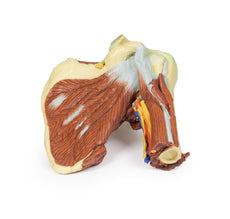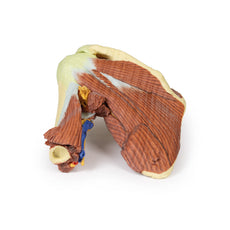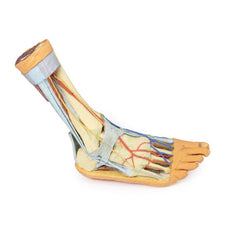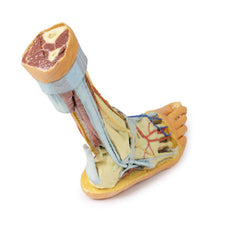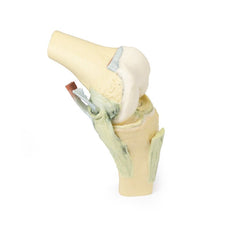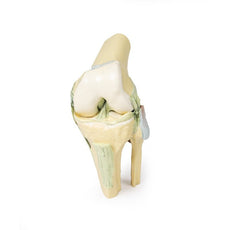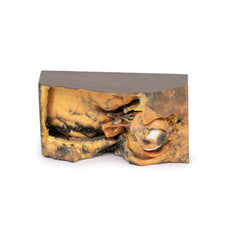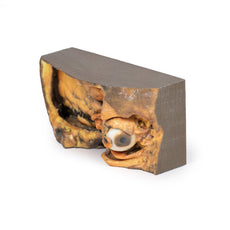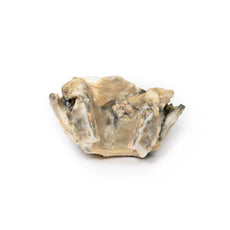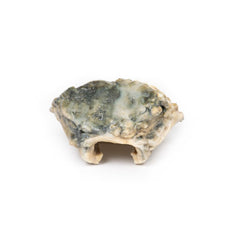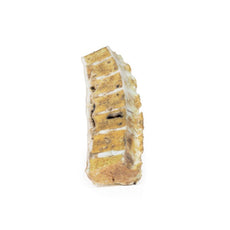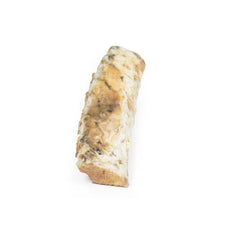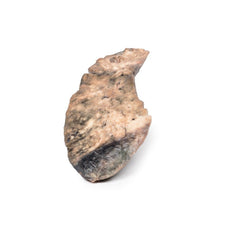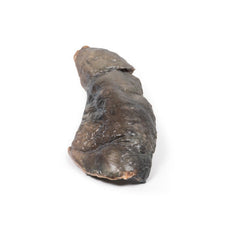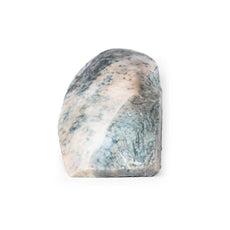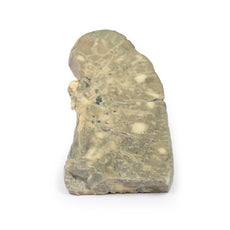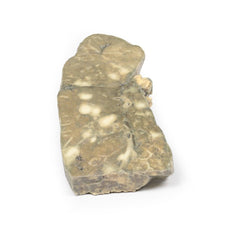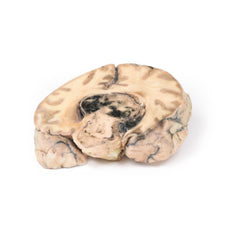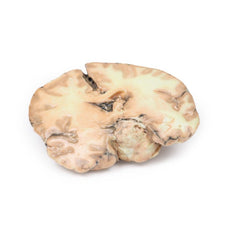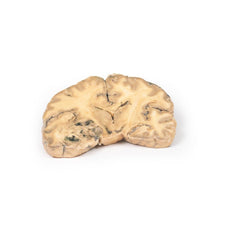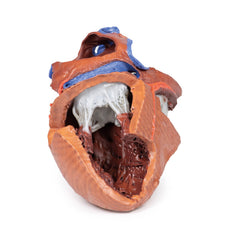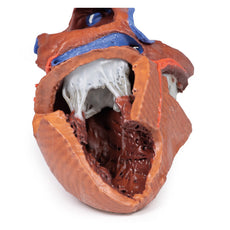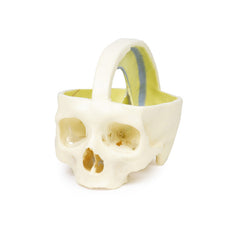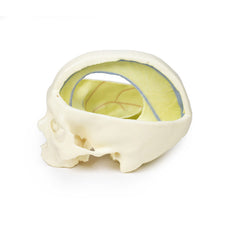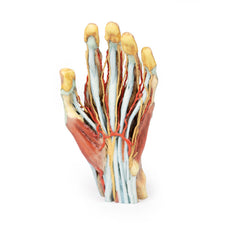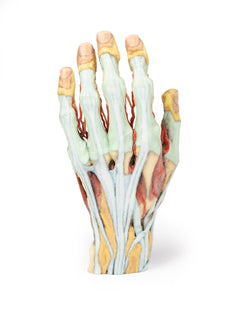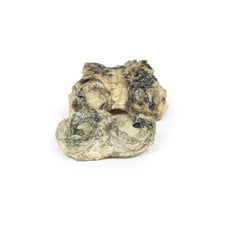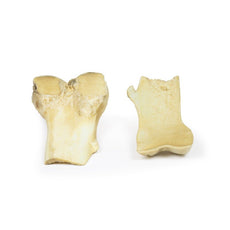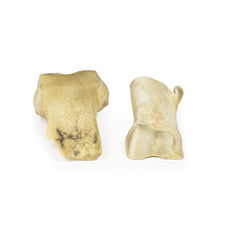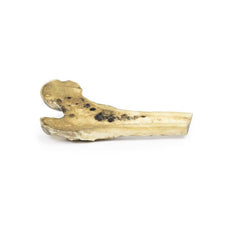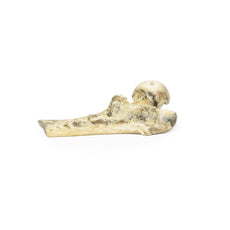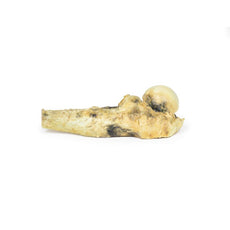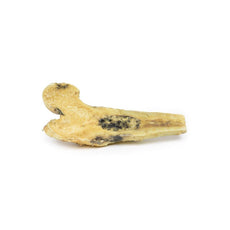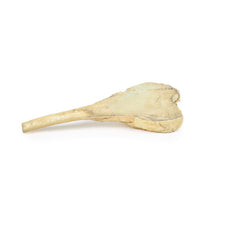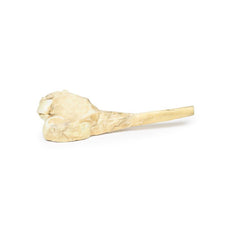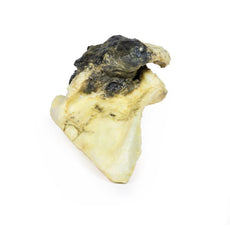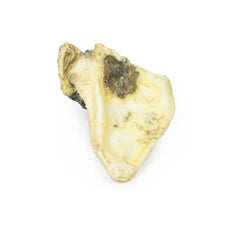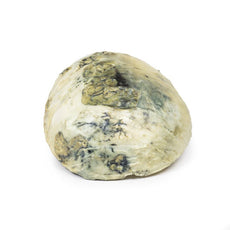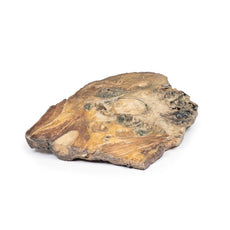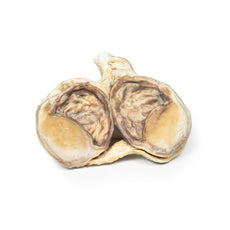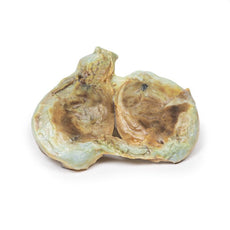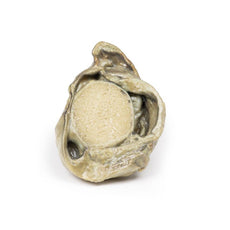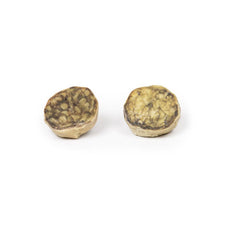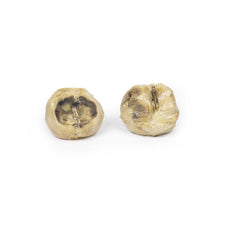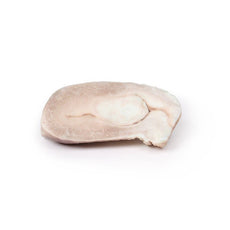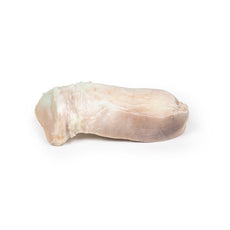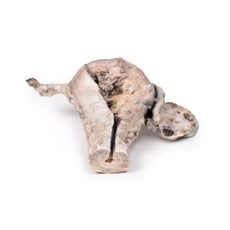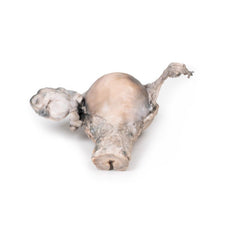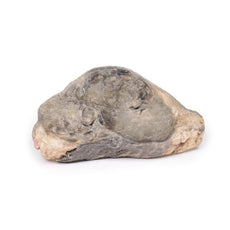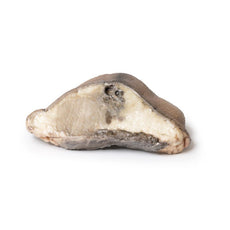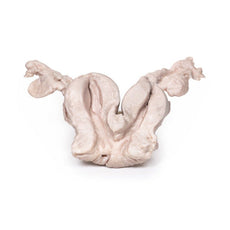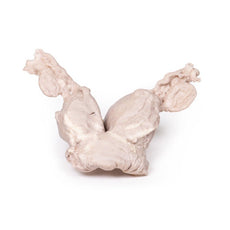Your shopping cart is empty.
3D Printed Hirschsprung’s Disease
Item # MP2079Need an estimate?
Click Add To Quote

-
by
A trusted GT partner -
3D Printed Model
from a real specimen -
Gov't pricing
Available upon request
3D Printed Hirschsprung’s Disease
Clinical History
A 5-year old male presents with a history of constipation since birth. A barium
enema showed a constricted rectum with a dilated sigmoid colon. Surgical resection of constricted section of bowl
was attempted but the patient died during the surgery.
Pathology
This postmortem section of sigmoid colon has been opened to display the internal
surface shown here. There is large dilation of the proximal section of bowel (sigmoid ) with loss of the normal
mucosal pattern. The distal section of bowel (rectum) has a normal diameter and a normal mucosal pattern but an
absence of ganglion cells in the myenteric plexus. This is an example of Hirschsprung‘s disease, also known as
congenital aganglionic megacolon.
Further Information
Hirschsprung‘s disease is characterised by lack of coordinated peristaltic
contraction in a segment of bowel, due to a lack of parasympathetic ganglia. It mainly affects the rectum but the
length of the aganglionic sections vary. It is caused by defective proximal to distal migration of neural crest
cells from the caecum to rectum during embryogenesis, which leads to development of a distal bowel segment lacking
both a myenteric and submucosal plexus. This causes an obstruction with hypertrophy and dilation of the proximal
normally innervated colon, which can lead to perforation, peritonitis, enterocolitis and electrolyte
imbalances.
It occurs in 1 in 5000 live births. It is more common in males, those with siblings with
Hirschsprung’s disease and those with other developmental disorders, such as Down Syndrome. Mutations in the
receptor tyrosine kinase RET, which is necessary for neural crest cell migration, account for a majority of the
familiar cases and 15% of the sporadic cases.
Patients typically present with failure to pass meconium within 48
hours of birth. Less severe cases present later with chronic constipation, vomiting, abdominal pain and distension.
Treatment involves resection of the aganglionic section of bowel with anastomosis of the normal sections of bowel to
the rectum.
 Handling Guidelines for 3D Printed Models
Handling Guidelines for 3D Printed Models
GTSimulators by Global Technologies
Erler Zimmer Authorized Dealer
The models are very detailed and delicate. With normal production machines you cannot realize such details like shown in these models.
The printer used is a color-plastic printer. This is the most suitable printer for these models.
The plastic material is already the best and most suitable material for these prints. (The other option would be a kind of gypsum, but this is way more fragile. You even cannot get them out of the printer without breaking them).The huge advantage of the prints is that they are very realistic as the data is coming from real human specimen. Nothing is shaped or stylized.
The users have to handle these prints with utmost care. They are not made for touching or bending any thin nerves, arteries, vessels etc. The 3D printed models should sit on a table and just rotated at the table.









